Fuel is used to push a large truck through the air, so making it as slippery as possible, and with as little rolling resistance as is practical, can have a big effect on fuel usage. Little gains in fuel economy improve profitability and help the environment.
Two ways to make the truck more efficient are to use low rolling resistance tyres and to add aerodynamic aids. These concepts are not usually covered in depth when a driver is learning to drive, and it’s up to the trucking company or an owner driver to investigate the best options to install based on the types of work they’re doing. For example, long distance driving at a higher speed will get more aero benefits than slow speed driving on logging sites.
As around 20% of fuel is used to push against wind resistance it’s important to take steps to minimise this as it will save fuel.
Cab vanes
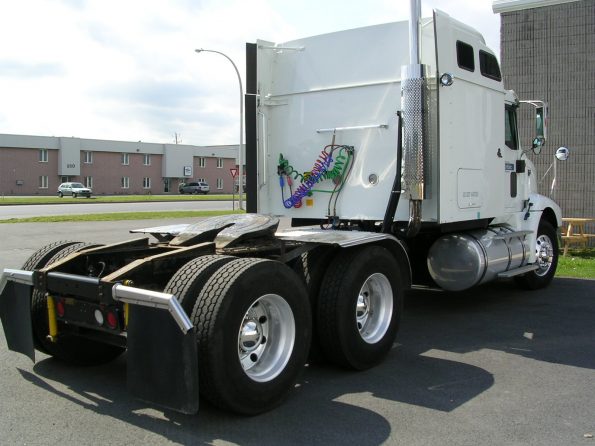
Sleep cab showing cab vanes around the exhaust stacks
Cab vans extend from the back corners of the cab towards the trailer. They help smooth the airflow from the cab around the sides of the trailer, reducing the amount of turbulence between the cab and the trailer. The perfect situation would be no gap between the trailer and cab, but this would mean the truck would not be able to turn. Cab vanes have the effect of reducing the gap.
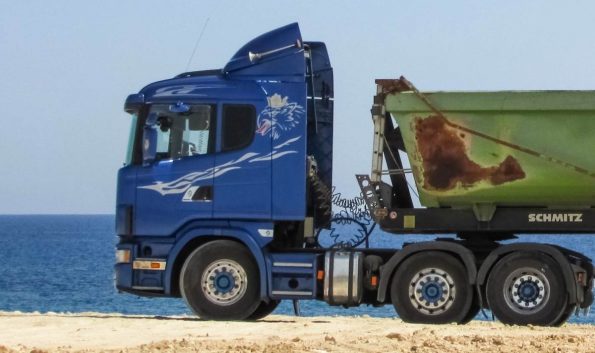
Cab vanes integrated with the cab roof fairing
From the side you can see where the vanes extend beyond the cab corners and, in this case, it’s integrated with the cab roof fairing.
Cab roof fairings
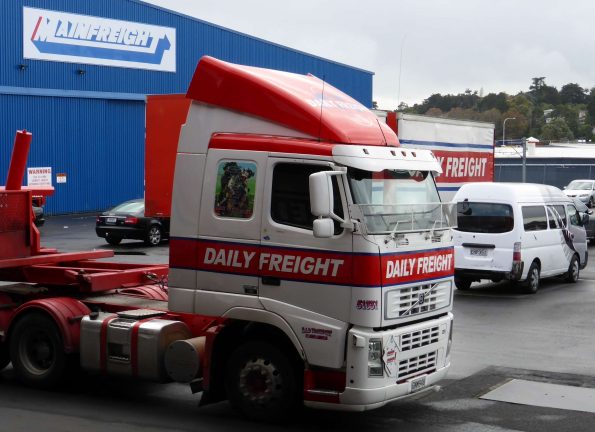
Truck cab roof wind deflector
The wind deflector sits on top of the cab and is sometimes adjustable so it can be lowered when the tractor unit is pulling a lower load to improve aerodynamics.
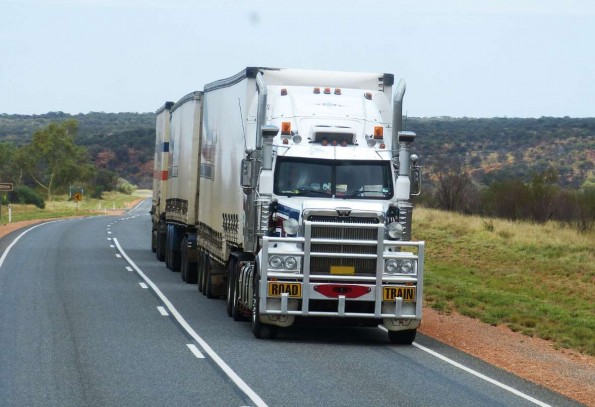
Road train with cab roof deflector
Often the cab deflector doesn’t reach right to the top of the trailer, but it has the significant impact of reducing the flat area of trailer exposed to the headwind.
The following photo illustrates the different aerodynamic profiles of a truck with a cab deflector vs one without.
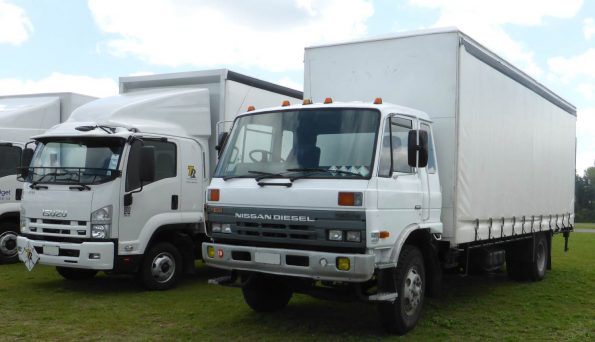
On the left, the truck has a cab roof deflector, whereas the truck on the right presents a large flat surface above the cab to the wind.
Moulded bumpers / air dams
Taking the image above you can also see the lower, more rounded bumper on the cab on the left which improves airflow around the cab. Less airflows under the vehicle where it gets caught up in the axles and chassis.
Many trucks in Australia have roo bars which are not so aerodynamic, but can still be curved around the ends of the bumper.
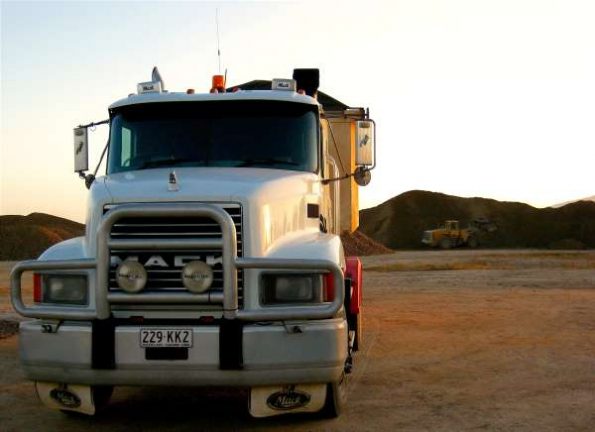
Trailer fairings
Trailer fairings include side fairings and rear fairings. Trailer fairings clean up airflow down the side of the trailer (as well as being good for cyclists who then can’t fall under the wheels in an accident), plus improve air vortexes off the back of the trailer.
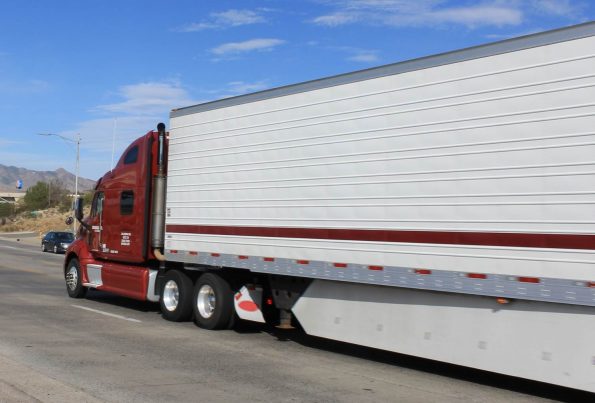
Trailer side fairings prevent air from being sucked under the trailer, causing turbulence. They enable the air to flow down the side of the trailer more efficiently
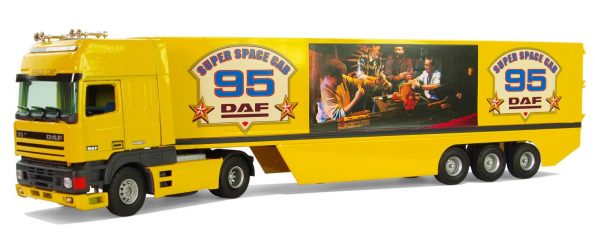
This model truck features all the aero parts – moulded bumper and air dam, side fairings on the cab and trailer, end fairings and cab vanes
Aerodynamic lights and mirrors
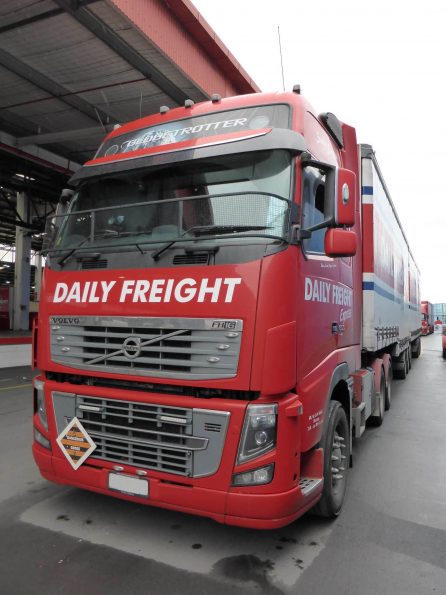
aerodynamic headlights and bumpers
Having lights that are moulded into the bodywork, and not too many additional lights, keeps the airflow as smooth as possible around the front of the truck. Low profile mirrors help to reduce wind resistance. Avoid having horns and lights that stick out if possible.
